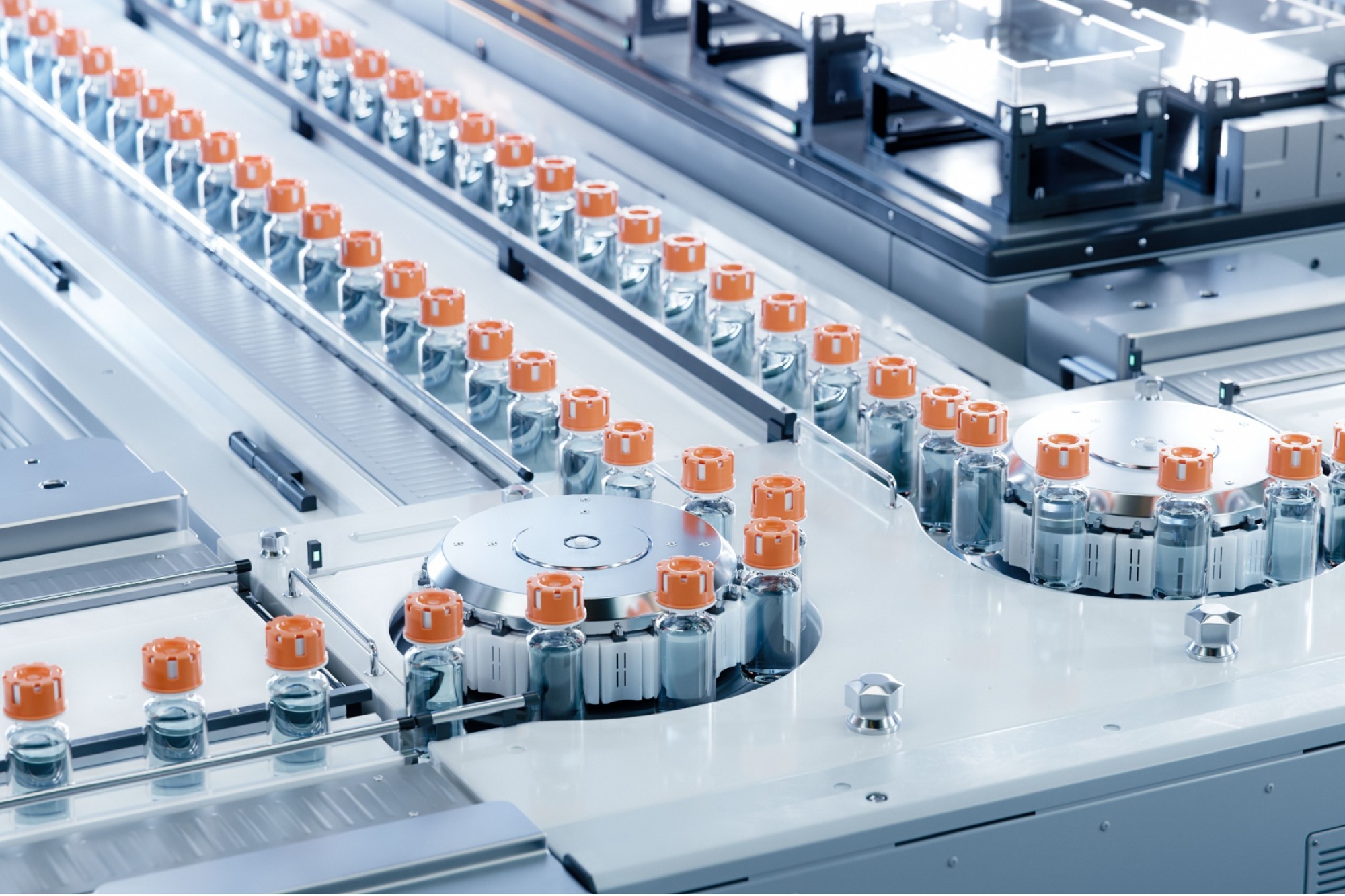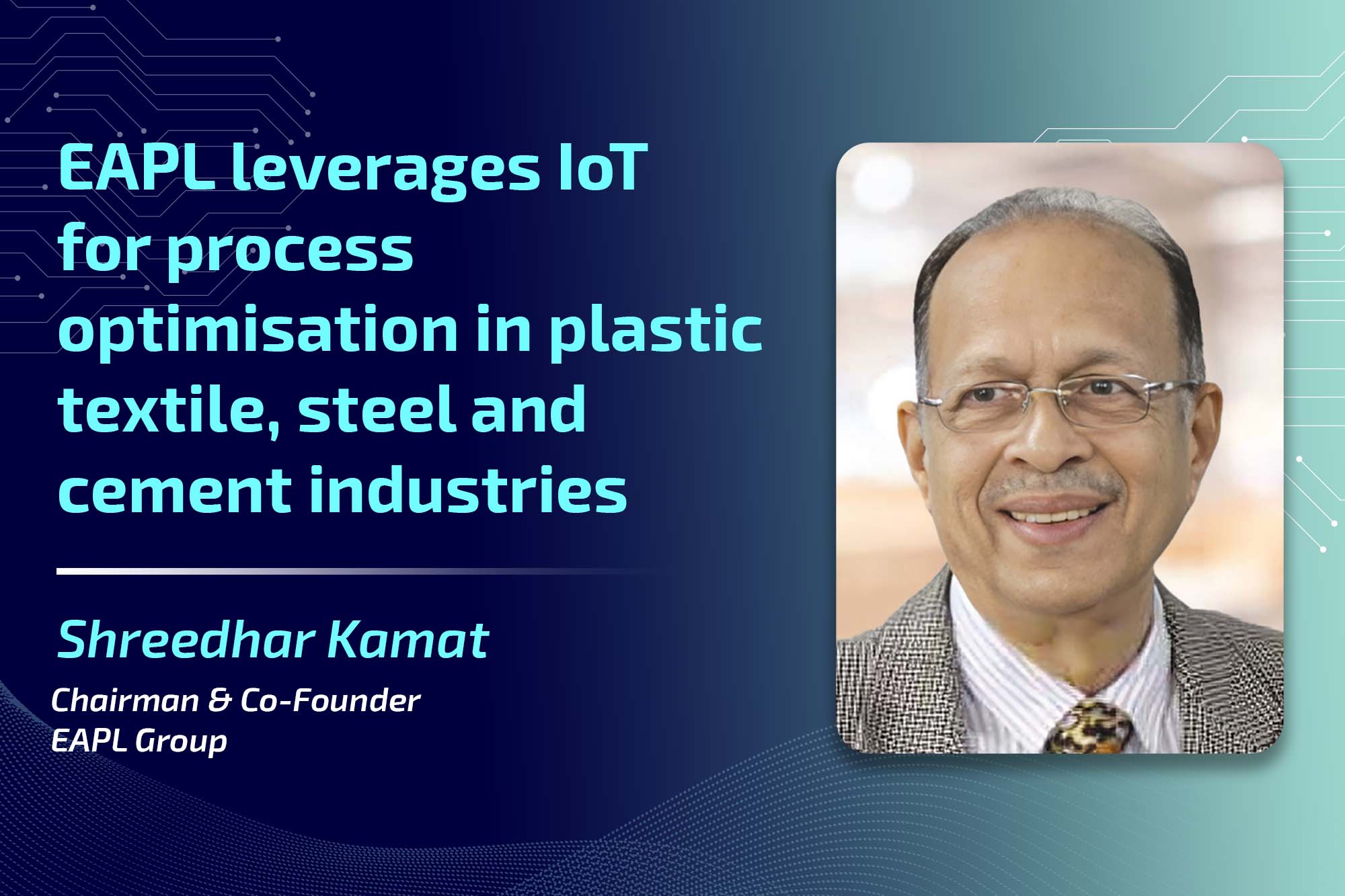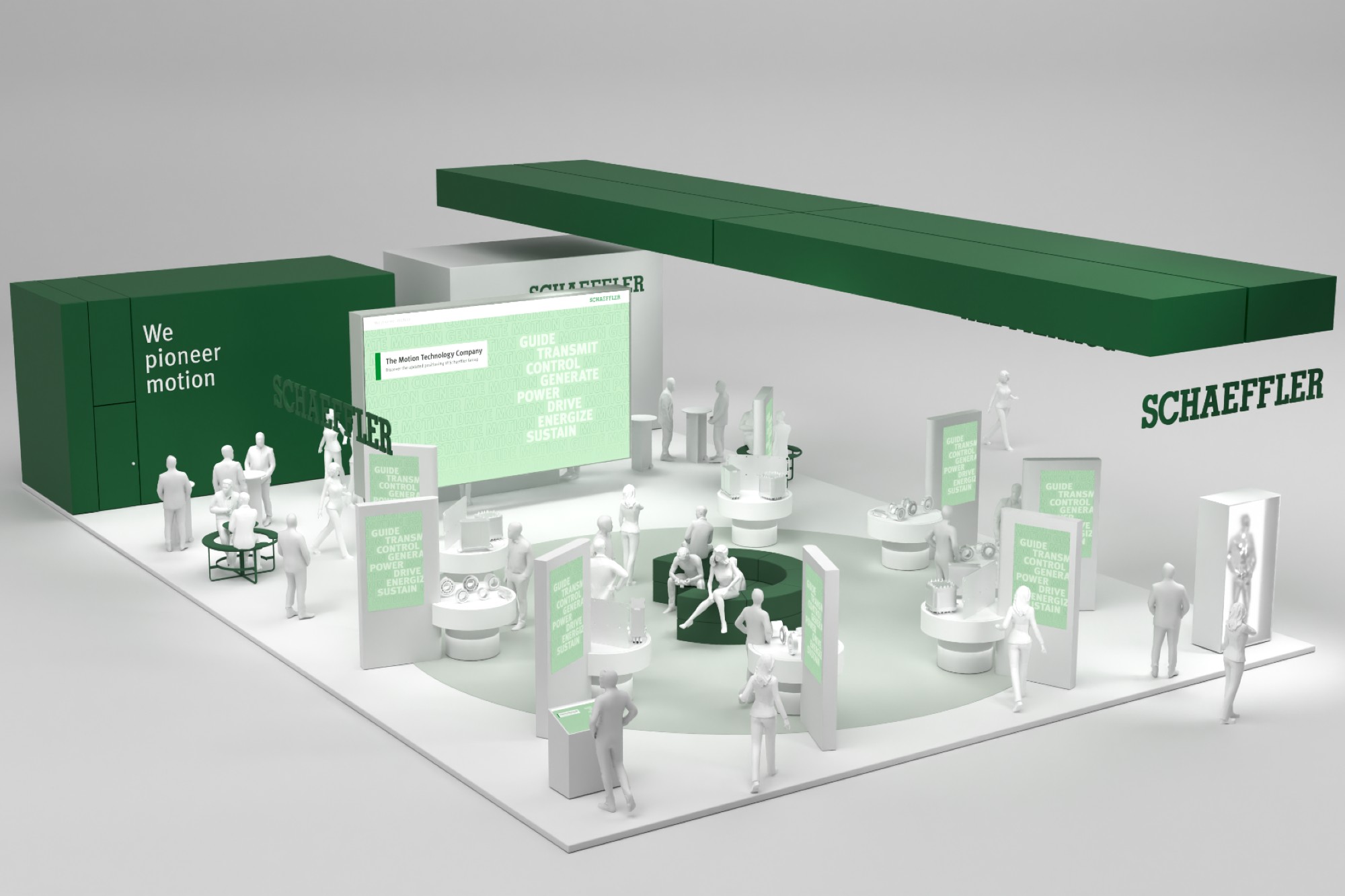Smart factories: Role of AI in driving future factories
By OEM Update Editorial December 21, 2023 2:01 pm IST
AI is prominent in smart factories’ material management, process optimisation, and workforce collaboration. AI-powered analytics elevate production efficiency, streamline supply chains, and drive innovations like autonomous robots, shaping the future of Industry 4.0 and beyond.
A manufacturing process chain involves procuring raw materials/components, processing, and assembly operations, including quality control measures, packaging, and product shipping. The orchestration across these stages is synchronised with a dynamic production plan. In a successful orchestration at scale across processes and the extended supply chain with raw materials and finished products, there is increased utilisation of connected (Industrial IoT) and more intelligent machines. In an Industry 4.0 setting, some level of the cyber-physical equivalent of the entire manufacturing process is driven by increased sensor penetration. This provides an avenue for a significant amount of data already leveraged for advanced analytics utilizing machine learning algorithms and AI to unlock value across the chain.
AI-powered analytics unlocks value focus areas in all three focus areas:
· Material: By enabling accurate production demand forecasting, monitoring equipment conditions, and connecting with supply-side information related to raw material availability, acquisition, and storage costs, algorithms help in effective material management.”
· Machine (Process Optimisation and Maintenance): With a large amount of sensor data, including visual inputs, available, AI-powered algorithms can, in real-time, assist in selecting process parameters to improve yield, remove defects, and enhance quality assurance. Additionally, the data acquired during manufacturing is used for predictive maintenance to prevent undesired downtime.
· Manpower: Enabling the workforce to make quicker decisions through intuitive human-machine interfaces and fostering easier collaboration.
The potential of AI-powered predictive analytics in production efficiency
AI-powered predictive analysis can enhance production efficiency by improving sourcing, optimising process parameters for increased yield, reducing scrappage, enhancing energy efficiency, minimising downtime, and improving load balancing and synchronisation at the system level.
Taking the example of casting in the Indian context, one of the leading tooling companies utilised AI-powered tools to analyse precision temperature and cooling channel data logged for several dies over extended periods. This implementation resulted in process automation, leading to reduced casting rejections, improved die life, and lower energy utilisation, generating significant savings ranging from 20% to 45% over the life of a die.
From the perspective of process optimisation parameters, AI-based generative design tools can create products that readily incorporate process limitations and Design for Manufacturing (DFM) considerations, reducing design iterations and improving the unlocking of value generated by production machinery.
AI-powered tools also help reduce downtime-related disruptions, which increases production efficiency. By capturing the machine’s vibrational, thermal, and acoustic characteristics and analysing this data, the machine’s life can be extended through predictive maintenance. Multiple players are already commercialising and offering such tools in India.AI-driven computer vision tools represent another area experiencing increased penetration, with various players providing solutions for quality inspection, real-time performance tracking, and developing more immersive training modules. All of these contribute to improved production efficiencies.
AI algorithms optimising inventory management and supply chain
Supply chain analytics for raw material management, based on advanced demand forecasting, raw material lead time forecasting considering externalities, real-time inventory, and supplier relations, has been another critical aspect through which AI-powered tools contribute to smarter factories and the associated logistics industry.
With global manufacturing undergoing a mixed coupling-decoupling exercise, particularly with China+1 sourcing and the strong influence of externalities like war, it has become essential to have robust systems that can monitor inventory and perform dynamic reordering, considering multiple exogenous factors. Relying solely on conventional time-series forecasting tools based on historical demand is likely inefficient in this complex environment. Externalities, along with increased constraints on ethical sourcing, traceability requirements, and the need to meet sustainability targets, make the problem complex enough to deploy AI-powered advanced analytics tools to unlock value.
Taking the example of a paint giant in India, the company developed state-of-the-art Manufacturing Excellence Systems and Distributed Control Systems. It continues to build on state-of-the-art AI-based analytics to map consumer demand seasonality and deliver paint on demand at the retailer’s end. Such strategic investments in strengthening supply chain analytics and integrating them with production monitoring systems are necessary for enterprises to move forward.
AI influences the development of autonomous robots and its advantages
AI has increasingly facilitated the development of Autonomous Mobile Robots (AMRs) and fully autonomous assembly lines. While Automated Ground Vehicles (AGVs) and sensor-based logic controller-driven automation have existed for decades, the increased use of AI has allowed machines to interact more effectively with humans. It has enhanced flexibility in dealing with more complex and dextrous operations. For instance, AGVs require fixed markings or paths to move around, whereas AMRs are much more flexible and can be easily tuned to the needs of operations.
AI-driven computer vision techniques, when coupled with robots, outperform human performance in many quality and precision manufacturing techniques, including tasks that were automated earlier due to their hazardous nature, such as paint-shop tasks. Additionally, from a safety standpoint, autonomous bots with increased real-time data-capturing capabilities are becoming capable of working safely with humans. This trend further promotes the use of collaborative robots or Cobots.
AI will play a critical role in developing a safe space for human-machine collaboration, which is at the core of the transition into Industry 5.0 and further development.
Cookie Consent
We use cookies to personalize your experience. By continuing to visit this website you agree to our Terms & Conditions, Privacy Policy and Cookie Policy.


















